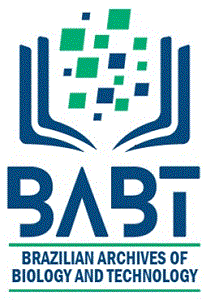The false truffle is one of the main problems in the production of the Agaricus brasiliensis in Brazil and the control of this fungal competitor has been rather difficult due to difficulties in the isolation and cultivation of this pathogen. This experiment was conducted in three stages, the first consisting of the isolation of Diehliomyces microsporus starting from portions of the fruiting body and through the ascospores suspension; second, D. microsporus cultivated in vitro at 15, 20, 25, 30 and 35ºC in six different culture media (CSDA, OCDA, PCDA, ODA, PDA, CDA); third, D. microsporus was inoculated on sterilized compost for formation of the fruiting body. The colony formation from tissue of D. microsporus starting from portions of fruiting body was more efficient than germination of the ascospores. Compost medium (CDA) allowed a larger diameter of the D. microsporus colony, followed by the medium made up of compost and potato mixture, favoring a denser composition. The largest mycelial growth speed of D. microsporus occurred when the culture was incubated at 28 and 30ºC. Incubation temperatures lower than 15ºC or above 35ºC inhibited the mycelial growth of D. microsporus completely. The fruiting bodies were obtained easily in sterilized compost and later inoculated along with mycelial competitor.
Agaricus brasiliensis; false truffle; culinary-medicinal mushrooms; culture media; mushroom disease; competitor









